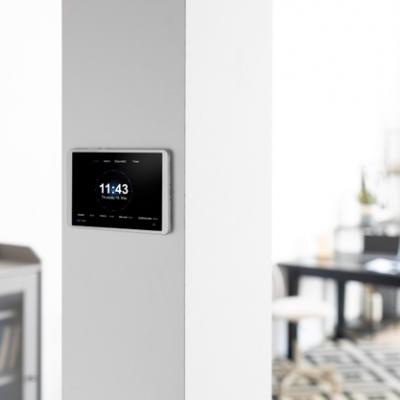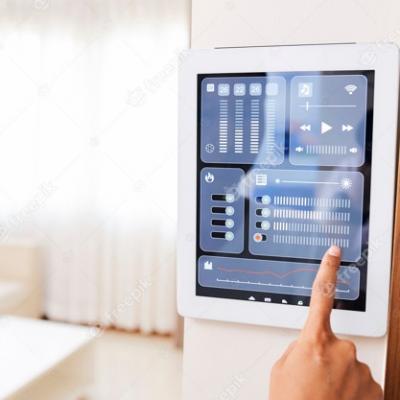As smart home technology becomes more integrated into our daily lives, ensuring the security of these connected devices is crucial. While smart homes offer unparalleled convenience, they also introduce new vulnerabilities that can be exploited by cybercriminals.
Here are essential tips for securing your smart home and protecting your privacy.
1. Secure Your Wi-Fi Network
Your home’s Wi-Fi network is the backbone of your smart home, and securing it is the first line of defense. Ensure your network is protected with a strong password and use WPA3 encryption if available. Consider setting up a separate network for your smart devices to isolate them from your main network, reducing the risk if one device is compromised.
2. Change Default Passwords
Many smart devices come with default usernames and passwords that are well-known to hackers. Immediately change these default credentials to strong, unique passwords for each device. Avoid using easily guessable information, and consider using a password manager to keep track of your passwords.
3. Keep Your Devices Updated
Manufacturers regularly release software updates to fix security vulnerabilities and improve device performance. Make it a habit to check for updates regularly and apply them as soon as they become available. Some devices allow you to enable automatic updates, which can ensure your devices are always running the latest, most secure software.
4. Enable Two-Factor Authentication (2FA)
Whenever possible, enable two-factor authentication on your smart home accounts. 2FA adds an extra layer of security by requiring a second form of verification, such as a text message code or authentication app, in addition to your password. This can significantly reduce the risk of unauthorized access to your devices.
5. Monitor Your Network for Unusual Activity
Regularly monitor your home network for any unusual activity, such as unknown devices trying to connect. Many routers offer a network map that shows all connected devices, allowing you to quickly spot anything suspicious. If you notice something unfamiliar, investigate immediately and take appropriate action, such as changing your Wi-Fi password or removing the device from the network.
6. Consider a Firewall and VPN
For an added layer of protection, consider setting up a firewall to block unauthorized access to your network. Additionally, using a Virtual Private Network (VPN) can help encrypt your internet traffic, making it more difficult for hackers to intercept your data. Some routers come with built-in VPN support, or you can set up a separate VPN service.
By following these steps, you can significantly enhance the security of your smart home, ensuring that your devices remain safe from cyber threats and that your personal information is protected.








